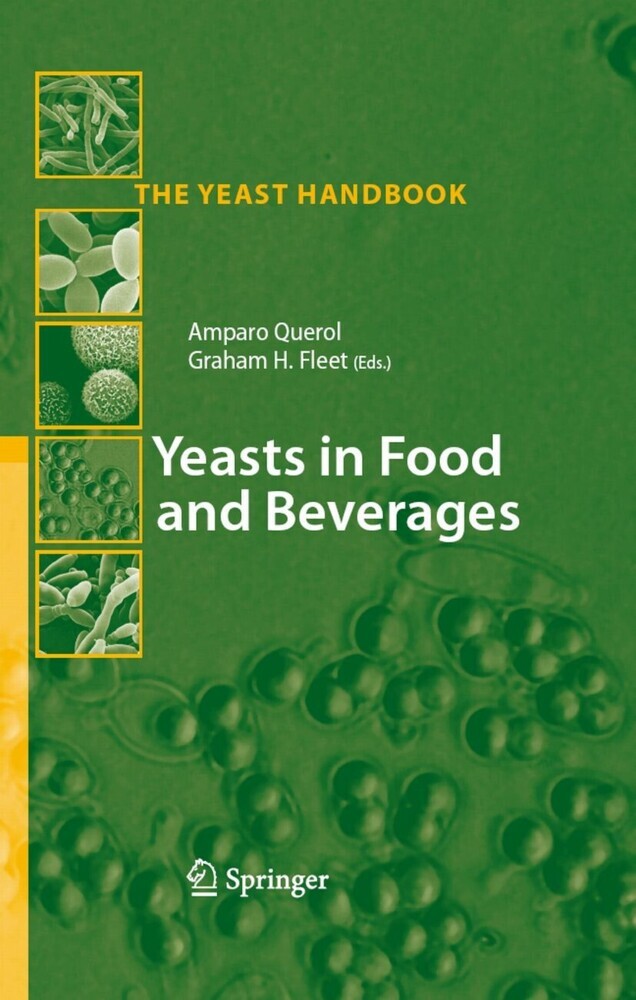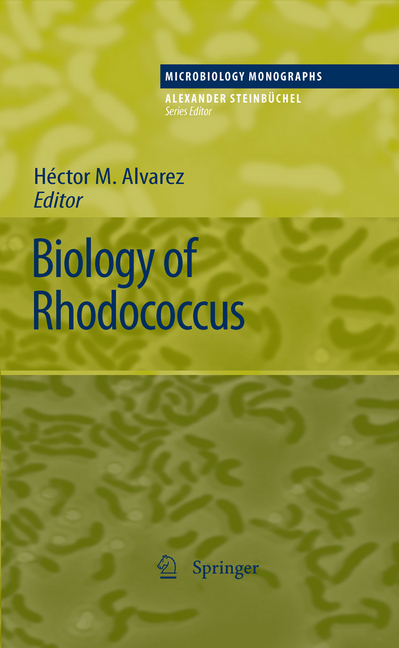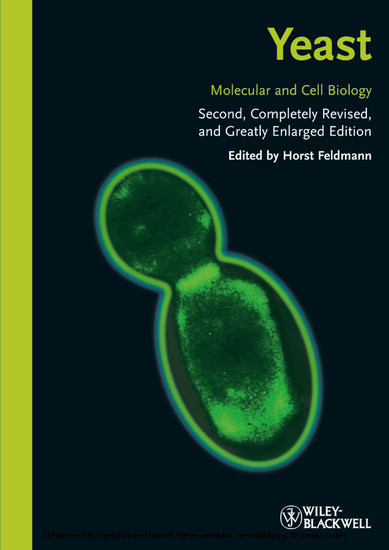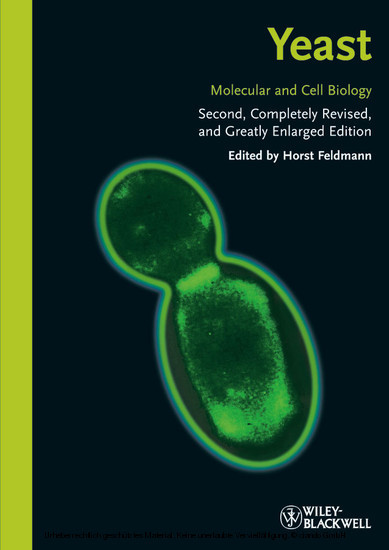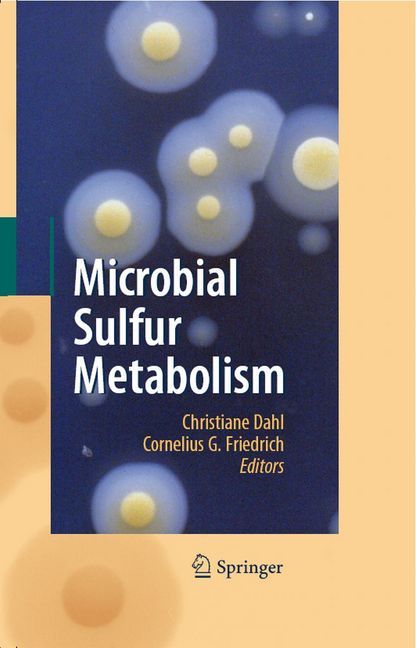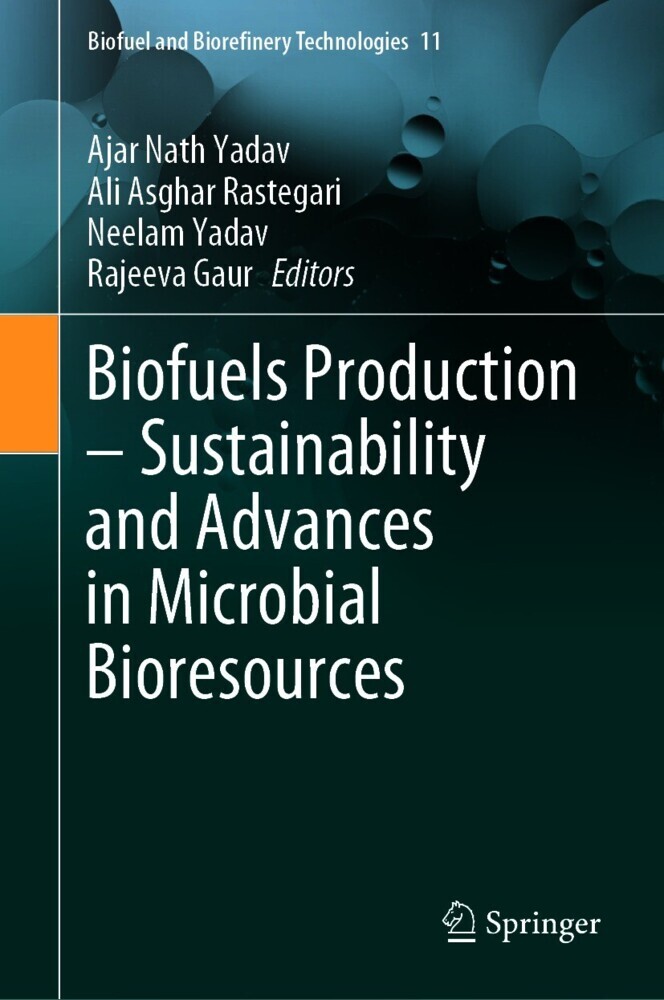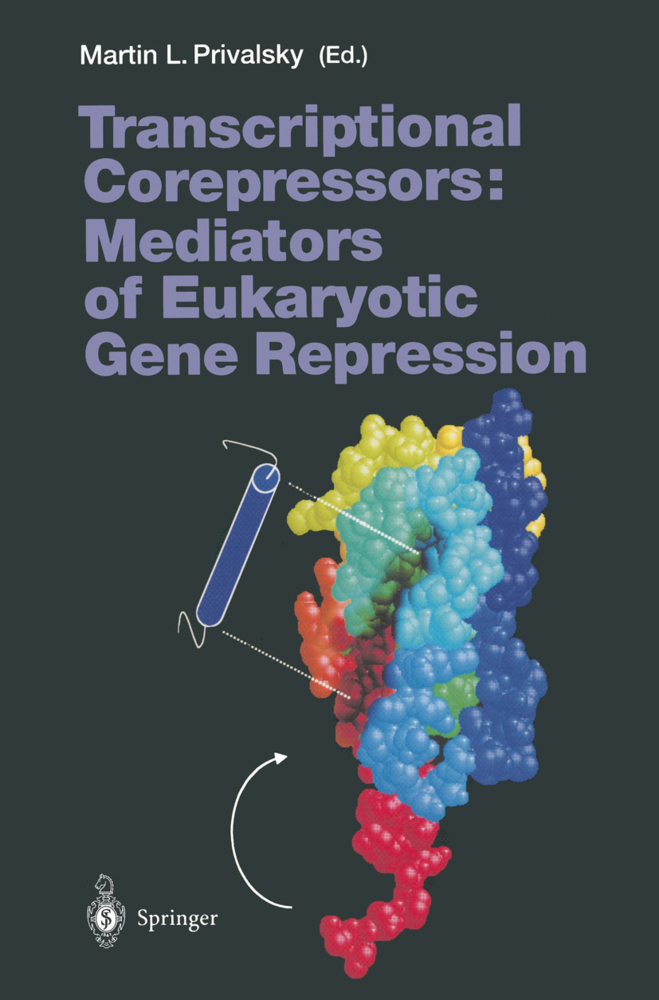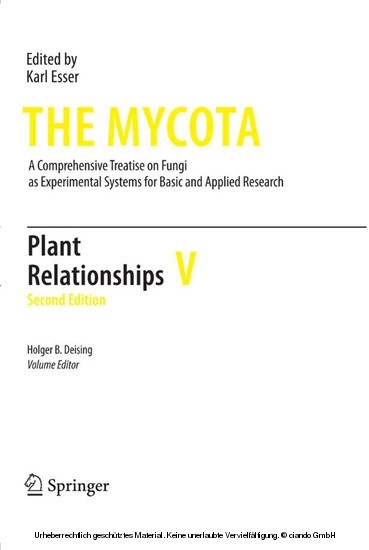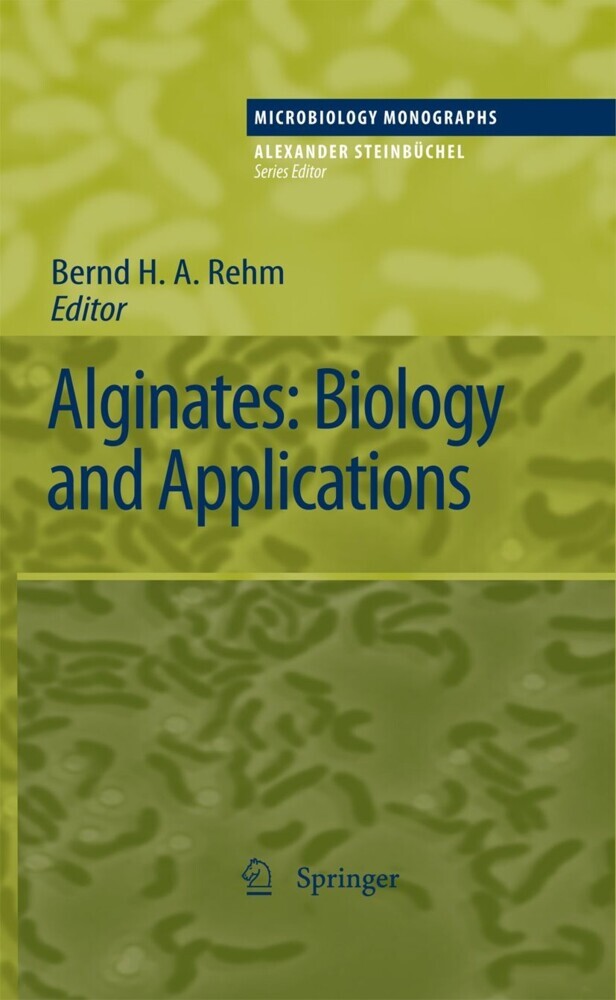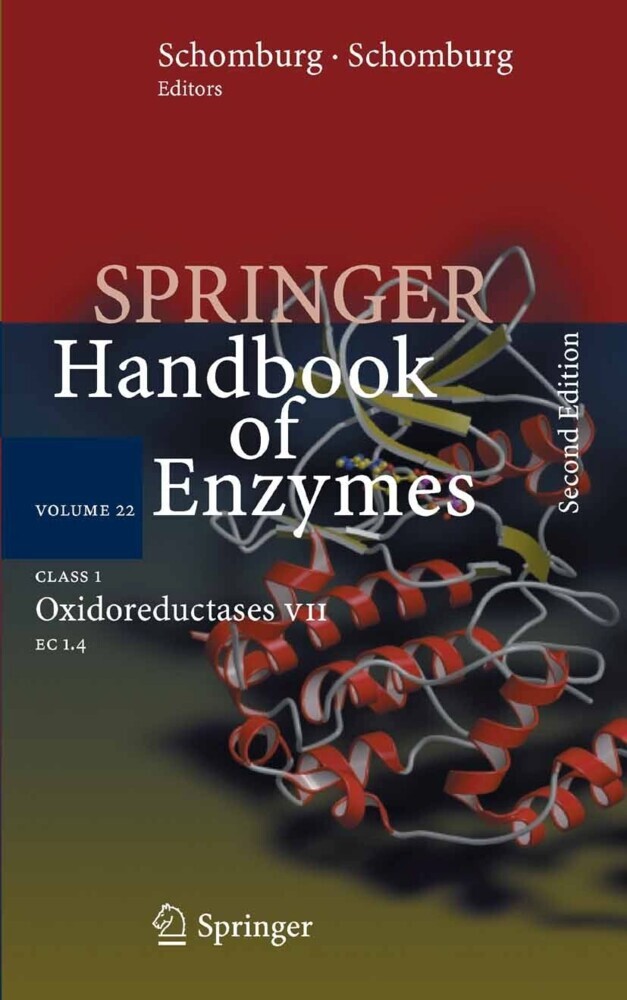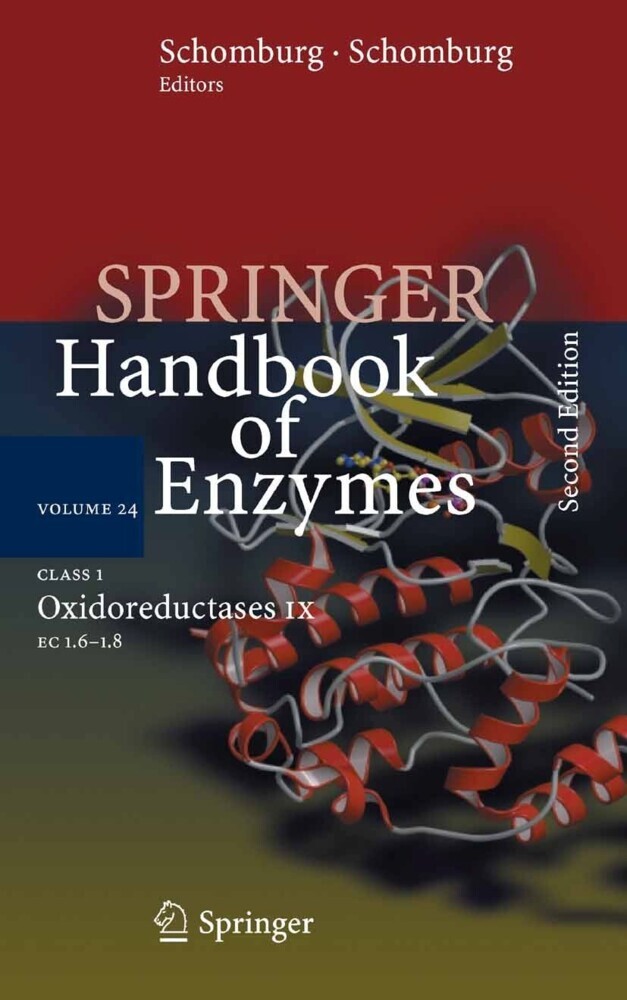Yeasts in Food and Beverages
Yeasts play a key role in the production of many foods and beverages. This role now extends beyond their widely recognized contributions to the production of alcoholic beverages and bread to include the production of many food ingredients and additives, novel uses as probiotic and biocontrol agents, their significant role as spoilage organisms, and their potential impact on food safety. Drawing upon the expertise of leadingyeast researchers, this book provides a comprehensive account of the ecology, physiology, biochemistry, molecular biology, and genomics of the diverse range of yeast species associated with the production of foods and beverages.
1;Preface;6 2;Contents;8 3;1 The Commercial and Community Significance of Yeasts in Food and Beverage Production;10 3.1;1.1 Introduction;10 3.2;1.2 The Informative Process;11 3.3;1.3 Production of Fermented Foods and Beverages;11 3.4;1.4 Yeasts as Sources of Ingredients and Additives for Food Processing;13 3.5;1.5 Spoilage of Foods and Beverages by Yeasts;14 3.6;1.6 Yeasts as Biocontrol Agents;15 3.7;1.7 Public Health Significance of Yeasts in Foods and Beverages;16 3.8;1.8 Probiotic Yeasts;17 3.9;1.9 Future Prospects;17 3.10;References;17 4;2 Taxonomic and Ecological Diversity of Food and Beverage Yeasts;22 4.1;2.1 Introduction;22 4.2;2.2 Yeasts in Dairy Products;23 4.3;2.3 Yeasts in Fermented Sausages;26 4.4;2.4 Yeasts in Sourdough Breads;29 4.5;2.5 Yeasts in Grape Wines;33 4.6;2.6 Yeasts in Brewing;43 4.7;2.7 Yeasts in Other Alcoholic Beverages (Cider, Sherry Wine, Tequila);45 4.8;2.8 Yeasts in Indigenous Foods, Beverages and Cash Crops;48 4.9;2.9 Collections of Food Yeast Cultures;51 4.10;References;52 5;3 Molecular Methods to Identify and Characterize Yeasts in Foods and Beverages;63 5.1;3.1 Introduction;63 5.2;3.2 Methods for Species Identification;65 5.3;3.3 Methods to Differentiate at Strain Level;74 5.4;Acknowledgements;83 5.5;References;83 6;4 Yeast Ecological Interactions. Yeast-Yeast, Yeast-Bacteria, Yeast-Fungi Interactions and Yeasts as Biocontrol Agents;91 6.1;4.1 Introduction;91 6.2;4.2 Ecological Interaction Between Microorganisms;92 6.3;4.3 Yeast Interactions in Foods and Beverages;96 6.4;4.4 Yeast Antagonism Applied as Biocontrol Agents in Preventing Plant-Spoilage Fungi;107 6.5;References;109 7;5 Physiological and Molecular Responses of Yeasts to the Environment;119 7.1;5.1 Introduction;119 7.2;5.2 Yeast Nutrition and Growth;120 7.3;5.3 Yeast Responses to Physical Stresses;128 7.4;5.4 Yeast Responses to the Chemical Environment;140 7.5;5.5 Summary and Conclusions;151 7.6;References;152 8;6 Molecular Mechanisms Involved in the Adaptive Evolution of Industrial Yeasts;161 8.1;6.1 Introduction;161 8.2;6.2 The Saccharomyces sensu stricto Complex Includes the Most Important Industrial Yeasts;162 8.3;6.3 Adaptive Evolution by "Genome Renewal";163 8.4;6.4 Molecular Mechanisms Involved in the Generation of Evolutionary Novelties;164 8.5;6.5 Gross Chromosomal Rearrangements in Yeast Evolution;176 8.6;Acknowledgements;177 8.7;References;178 9;7 Principles and Applications of Genomics and Proteomics in the Analysis of Industrial Yeast Strains;183 9.1;7.1 Introduction;183 9.2;7.2 DNA Sequencing of Yeast Genomes;183 9.3;7.3 Whole Genome Approaches to the Characterisation of Industrial Strains of Yeasts;185 9.4;7.4 Genome Constitution of Industrial Strains of Yeasts;196 9.5;7.5 Analyses of the Industrial Process;208 9.6;7.6 Future Perspectives;214 9.7;References;215 10;8 Carbohydrate Metabolism;222 10.1;8.1 Introduction;222 10.2;8.2 Carbon Sources;222 10.3;8.3 Modes of Metabolism;223 10.4;8.4 Substrate Transport;224 10.5;8.5 Glycolysis;225 10.6;8.6 The Pentose Phosphate Pathway;231 10.7;8.7 Gluconeogenesis;232 10.8;8.8 Trehalose, Glycogen, and Cell Wall Glucans;233 10.9;8.9 Regulation;234 10.10;8.10 Metabolic Modelling and Functional Genomics;237 10.11;8.11 Concluding Remarks;239 10.12;References;239 11;9 Yeasts as Biocatalysts;250 11.1;9.1 Introduction;250 11.2;9.2 Immobilized Yeast Cells and Winemaking;257 11.3;9.3 Ethanol Production;261 11.4;9.4 Brewing;267 11.5;9.5 Fruit Wines;273 11.6;9.6 Cider;274 11.7;9.7 Vinegar;275 11.8;9.8 Dairy Products;277 11.9;9.9 Aroma;279 11.10;References;280 12;10 Production of Antioxidants, Aromas, Colours, Flavours, and Vitamins by Yeasts;291 12.1;10.1 Introduction;291 12.2;10.2 Background and Definitions;292 12.3;10.3 Concluding Remarks and Future Outlook;325 12.4;References;326 13;11 Food and Beverage Spoilage Yeasts;341 13.1;11.1 Introduction;341 13.2;11.2 Definitions;342 13.3;11.3 Which Foods are Prone to Yeast Spoilage?;344 13.4;11.4 Symptoms of Yeast Spoilage;346 13.5;11.5 Economic
| ISBN | 9783540283980 |
|---|---|
| Artikelnummer | 9783540283980 |
| Medientyp | E-Book - PDF |
| Auflage | 2. Aufl. |
| Copyrightjahr | 2006 |
| Verlag | Springer-Verlag |
| Umfang | 453 Seiten |
| Sprache | Englisch |
| Kopierschutz | Digitales Wasserzeichen |

